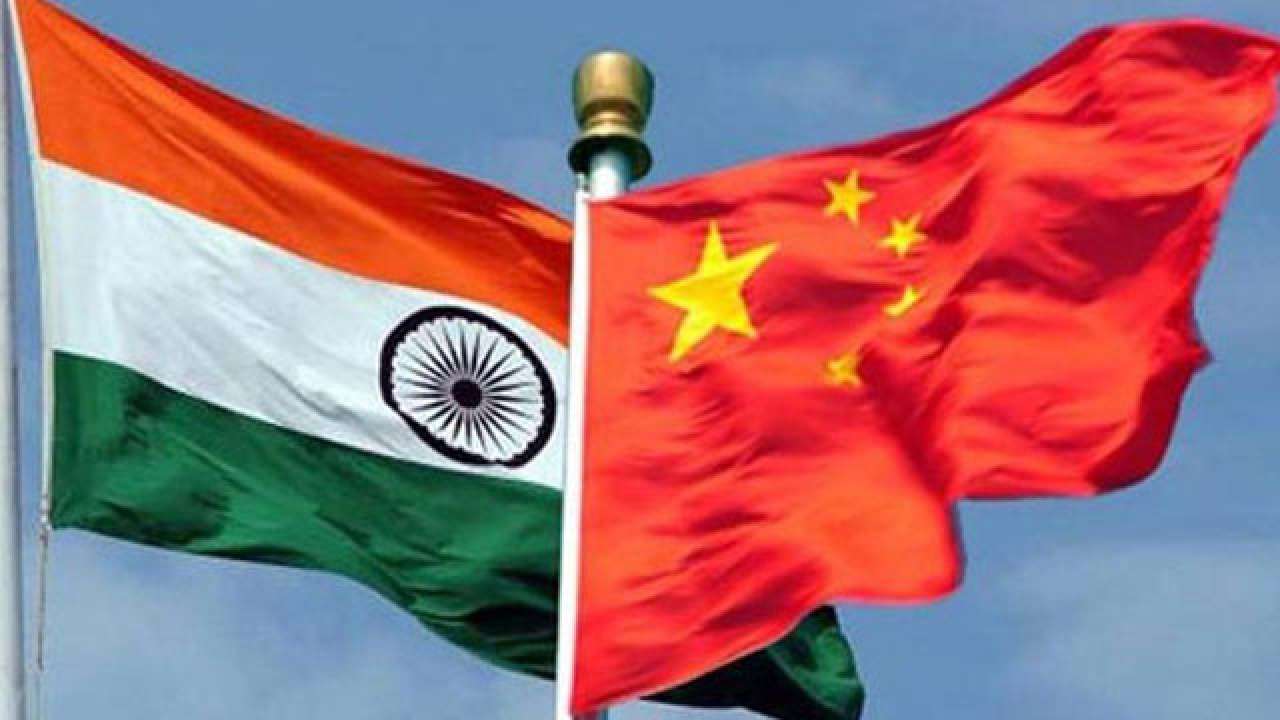India Stayed Off China’s Belt and Road Initiative, But Its Investment Was Happening Through Startup Ecosystem
Bengaluru, NFAPost: Even though India is not part of China’s Belt and Road Initiative (BRI), Chinese investors continued to invest in the Indian startup ecosystem. But the new escalation of border unrest is really shifting the gears further in the investment realities.
It is a reality that Chinese companies are facing economic blockade by not getting approval of Indian tenders and even few investment are under government watch. But India china relation now reached its nadir that China is losing one of the prosperous space for parking their money where there is global innovation is happening at the same time a ballooning market is evolving.
India was really liberal in accepting Chinese investment in the last two years and many companies accepted it liberally. Chinese investors include Ant Financials owned by Alibaba, Tencent, Baidu and other mainland investors. Chinese technology experts deepened its relationship during the the initial growth phase of Paytm and Flipkrt among other growing startups.
FDI inflow
But Chinese investment in other countries are massive in infrastructue and in India it wa majority in tech space and developing an ecosystem for thier software and hardware companies. Many times investment in these Indian companoies are not traceable.
“Chinese funds and companies often route their investments in India through their offices in Singapore, Hong Kong, Mauritius etc.. For example, Alibaba’s investment in Paytm was by Alibaba Singapore Holdings Pvt. Ltd. These don’t get recorded in India’s government data as Chinese investments,” says a paper Chinese Investments in India from a thinktank Gateway House.
Thus, the official data on FDI inflows from China to India is not the whole picture. In several cases, the investments into India is not in the name of the Chinese entity/investor, and is, therefore, difficult to trace. In the absence of any publicly-disclosed information, the authors have triangulated the data with information from various other primary and limited secondary sources to come to a conclusion.
China’s strategic tech depth in India
In India, China’s tech giants and VC funds have become the primary vehicle for investments, largely in the tech start-ups. This is unlike other emerging markets where Chinese investments are mostly in physical infrastructure. Chinese FDI into India is small, just $6.2 billion, but its impact has been disproportionate given the penetration of tech in India, where TikTok is an example which is mow popular even in the remotest corners.
China’s economic footprint in India seems negligible compared to other emerging markets, especially in countries like Pakistan, Sri Lanka, Myanmar and Bangladesh. While investments in these countries is mostly in physical infrastructure, Chinese funding for Indian tech start-ups is making an impact disproportionate to the value of the investments, given the deepening penetration of technology across sectors. TikTok, owned by ByteDance, is already one of the most popular apps in India, overtaking YouTube; Xiaomi handsets are bigger than Samsung smartphones; Huawei routers are widely used.
These are investments made by nearly two dozen Chinese tech companies and funds, led by giants like Alibaba, ByteDance and Tencent which have funded 92 Indian start-ups, including unicorns such as Paytm, Byju’s, Oyo and Ola. (See Table 2).
Indian unicorns
Over the course of one year, Gateway House has conducted a deep study of Chinese investments in India as part of a larger research project on Chinese investments in India’s neighbourhood. The findings are remarkable: 18 of the 30 Indian unicorns have a Chinese investor. This means that China is embedded in Indian society, the economy, and the technology ecosystem that influences it. Unlike a port or a railway line, these are invisible assets in small sizes – rarely over $100 million – and made by the private sector, which doesn’t cause immediate alarm.
All this adds up to just 1.5% of the total official Chinese (including Hong Kong) FDI into India. This doesn’t cover investments made by funds based out of Singapore and elsewhere, where the ultimate owner is Chinese, so the actual investment in India will be higher.
The single largest Chinese investment in India is the $1.1 billion acquisition of Gland Pharma by Fosun in 2018. This accounts for 17.7% of all Chinese FDI into India, but it is unique. Gateway House identified has identified five other investments (FDI) by Chinese companies which exceed $100 million. This includes the $300-million investment by MG Motors.
Ecommerce, fintech
China is most active in India in the start-up ecosystem. Gateway House has identified over 75 companies, with Chinese investors concentrated in e-commerce, fintech, media/social media, aggregation services and logistics. A majority – more than half – of India’s 30 Indian unicorns (start-ups with valuation of over $1 billion) have a Chinese investor.
According to Arvian Research, it is a reality that the border war between India and China made sever beating on the investment strategies and business ties between two nation.
“Even though India is not part of the China’s Belt and Road Initiative (BRI), Chinese investors and business are finding opportunity in India’s large market, whichis capable of its depth in investment marked by technology adoption and manufacturing capailities. Now the global perception on China is changing on a fast pace which will affect their game plan dramatically,” said an analyst from Arvian Research.
But at the same time, the nefarious Chinese game plan to infringe on India’s territorial integrity has made India to broaden its powers to block deals that threaten national integration, harmony, border security, and cyber security. For this, government recently banned around 150 apps and Chinese companies are given any infrastructure tenders.
Technological advancement
It is a historical moment for both countries to become fulcrum of global economy and technological advancement. If they fight and run behind other issues they are losing the chance. Indian government is very much concerned by the border infringement of China and greater gameplan of expansionism.
India is left with no other option to be part of American side where it will get both tehnology and fund flow for greater integration with global economy. Already, India supports US and allies in various economic and investment activitis. The people to people interaction with the softpower is also very much conducive for strengthening thier relation. It is all evident during the recent visit of Donald Trump.
Here China is losing a historical moment to be the epicentre of activities as already many manufacturing companies have shut their shops from there. Its after effect are yet to be revealed. If the global power turn their back it will be a difficult for China to furhter sail through with small countries which are already facing internal disturbances and volatile economic activities.





